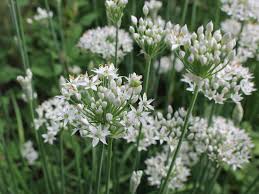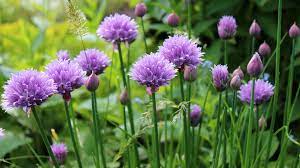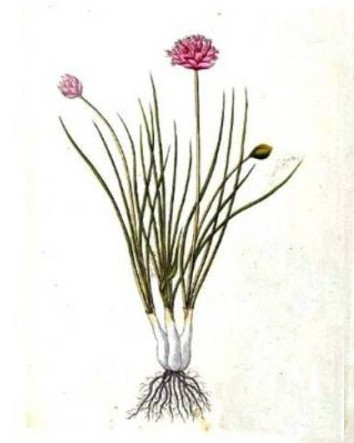
Originating in Asia and Europe, Chives have been used as a culinary herb since ancient times.
Chives have been cultivated for centuries. In fact, archaeological evidence suggests that they were cultivated as far back as 4,000 years ago in China.
Chives are perennial plants, aromatic herbaceous members of the Liliaceae family. They have a taste similar to that of onions and have been traditionally used since ancient times.
Chives are a perennial plant of the Liliaceae family small in size, with a bearing habit, characterized by the onion aroma present in all the green parts of the plant.
Chives ripen in April and May. Chives are used for their leaves, fragrant and crunchy. They can be harvested all year round by cutting them at the base; they are eaten fresh, but they can also be frozen; the important thing is not to dry them, as they would lose all the nutritional properties, as well as the flavor

It is known and used in herbal medicine as an antiscorbutic (fights scurvy with the presence of vitamins), antiseptic (property of preventing or slowing the development of microbes), calcifuge, hypoglycemic (decreases blood glucose), cicatrizant (accelerates the healing of wounds ) and wormer (eliminates intestinal worms).

Chives are appreciated in the kitchen for an aroma that resembles an onion, can be eaten fresh or cut into rings, and stored in the freezer in plastic bags.
Chives embellish the taste of soups and salads, they also can accompany a fish dish. It can be prepared in the classic risotto alla parmigiana. Just before serving add some chives to the dish, it will be a success.
Chives are a good source of vitamins A and C, as well as dietary fiber, iron, and calcium.


Pingback: Chili – Bonjour Never LandBonjour Never Land
I had no ideas about chives…, interesting.
Chives as well as all the other spices have mysterious secrets, which will be uncovered by no-one else but the master chef Stella.